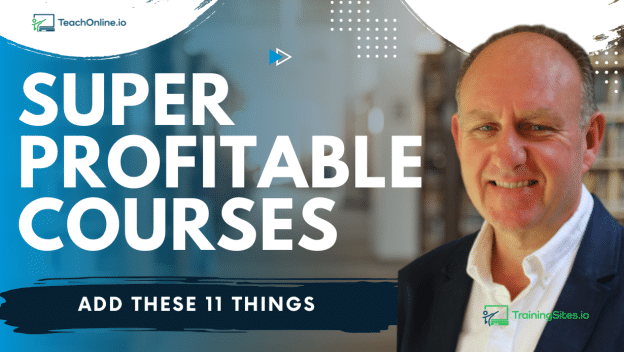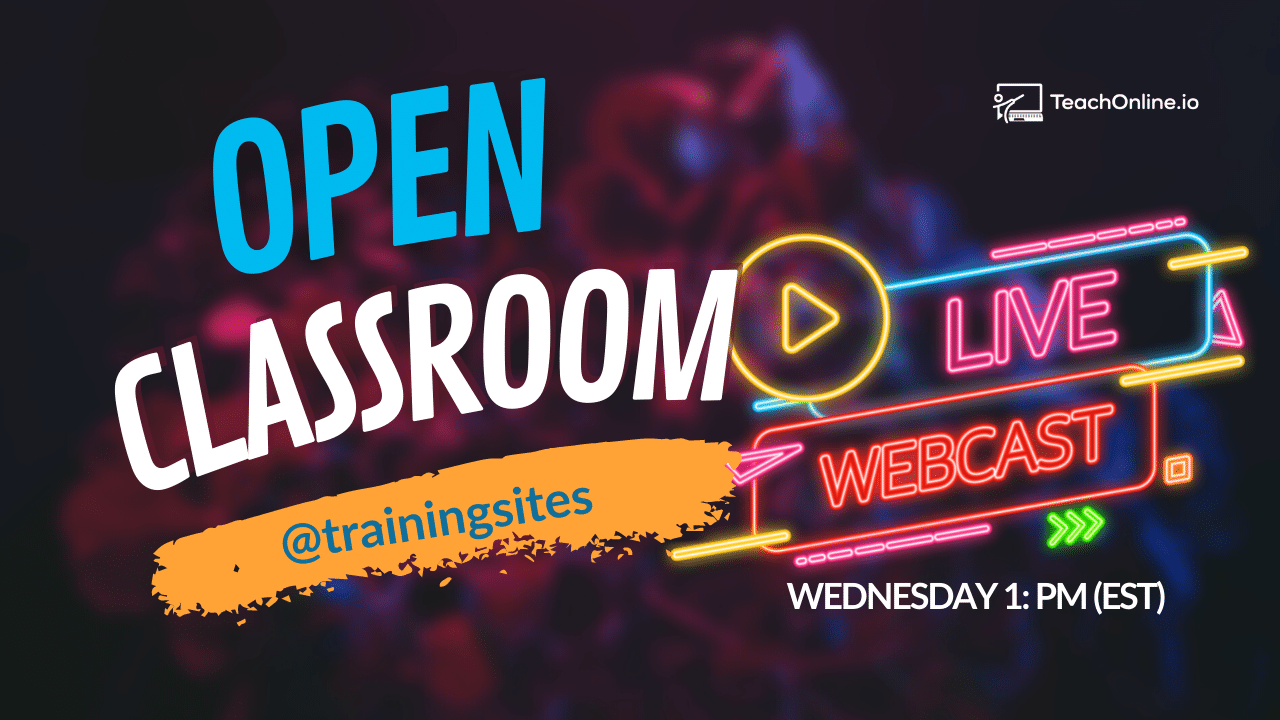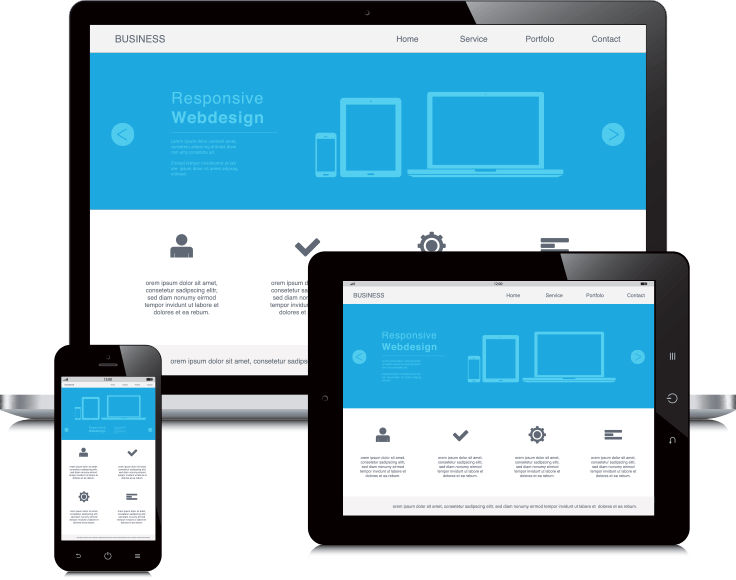
🔒 Member Exclusive Content: This section is available to members only. If you're already a member, please log in to access this content.
Not a member yet? Joining our community is easy and free! Become a part of our growing community of online course creators and training site builders. Register now to unlock exclusive content, live Q&A sessions, and more.




